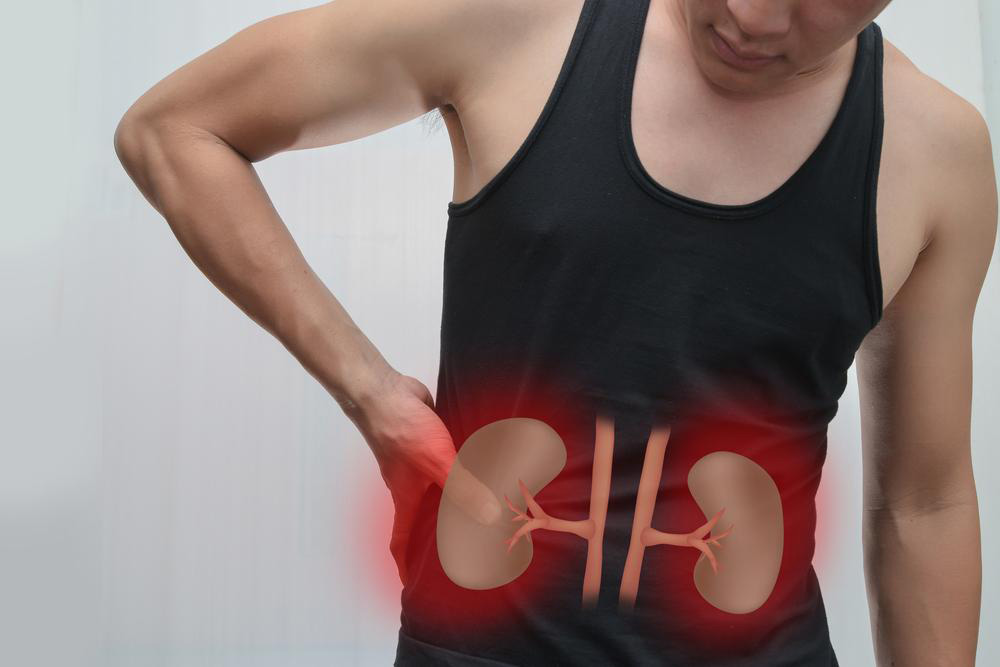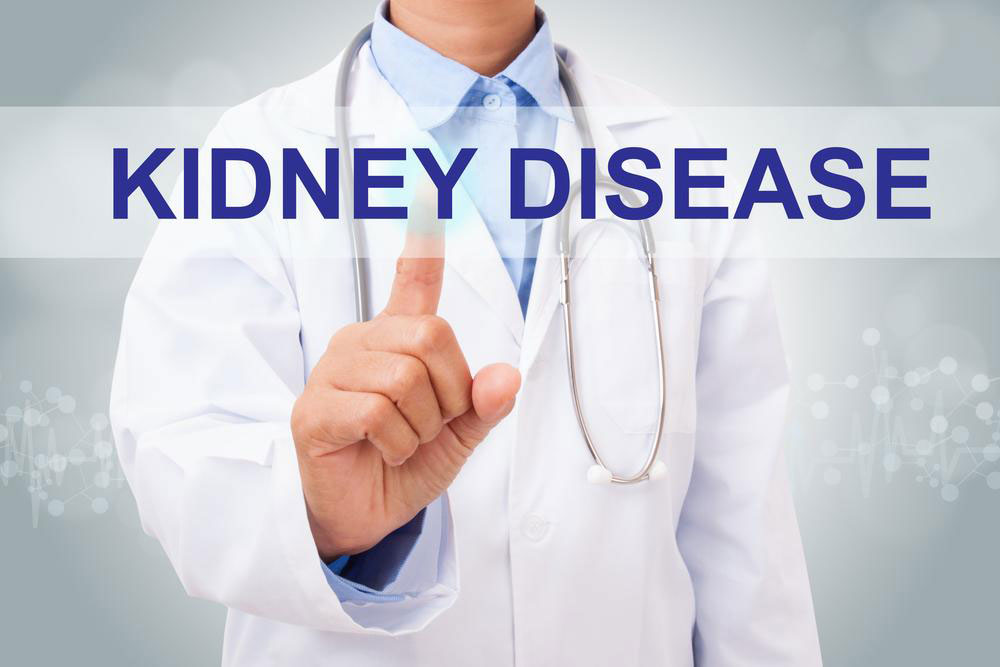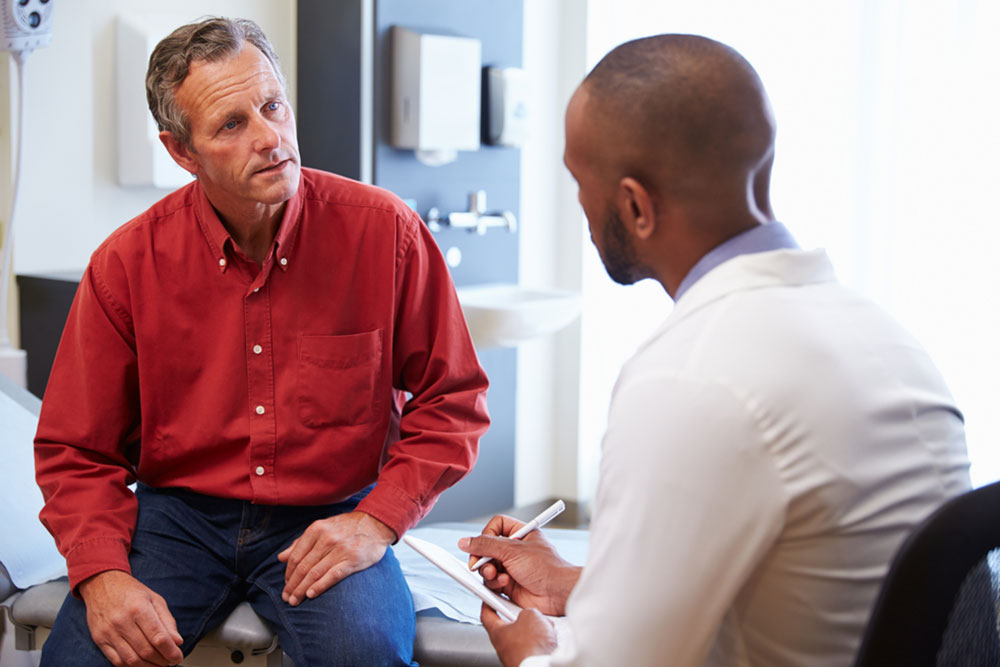The Critical Link Between Kidney Health and Lower Back Discomfort: Causes, Symptoms, and Treatment Options
Explore the vital connection between kidney health and lower back discomfort, understanding common kidney-related causes like stones, infections, tumors, and infarctions. Learn about symptoms, diagnostic procedures, and treatment options to maintain renal health and alleviate back pain effectively.

Understanding How Kidney Function Influences Lower Back Pain
The human kidneys, vital bean-shaped organs, are situated on either side of the spine, typically beneath the rib cage. These organs play an indispensable role in maintaining overall health through a series of complex functions. Among their primary responsibilities are the filtration of blood to eliminate waste products and excess fluids, regulation of electrolyte and water balance, production of essential hormones such as erythropoietin for red blood cell creation, and regulation of blood pressure. Maintaining optimal kidney health is essential not only for metabolic balance but also for preventing a range of health issues that can manifest physically, including lower back pain.
When kidney function is compromised due to various medical conditions—such as kidney stones, infections, tumors, or cysts—it often results in symptoms that include pain in the lower back or flank area. Recognizing the connection between kidney health and lower back discomfort is crucial for timely diagnosis and effective treatment, especially since similar symptoms can stem from unrelated musculoskeletal problems.
How Kidney Disorders Contribute to Lower Back Pain
The area between the ribs and hips, prominently known as the flank region, is often the site of discomfort associated with various kidney issues. Several specific kidney-related health challenges can produce symptoms of lower back pain, and understanding these conditions can assist patients and healthcare providers in proper diagnosis and management.
1. Kidney Stones (Nephrolithiasis): These are hard, crystal-like deposits that form in the kidneys from substances in the urine, such as calcium, oxalate, and uric acid. Kidney stones can vary in size—from tiny particles that pass seamlessly through the urinary tract to larger stones that cause severe pain. Patients often experience intense, cramping pain that starts in the back or side and may radiate towards the groin or genitals. This pain often occurs in waves, known as renal colic, and can be accompanied by nausea, vomiting, or blood in the urine.
Kidney stones form due to genetic predisposition, dehydration, dietary factors, and certain medical conditions. Small stones may pass naturally with increased water intake, but larger stones might necessitate medical intervention, such as lithotripsy—a procedure that uses shock waves to break up stones. Pain management with medications like ibuprofen or acetaminophen can also be part of treatment. Preventative measures include staying well-hydrated, reducing intake of oxalate-rich foods (spinach, beets, nuts), and maintaining a balanced diet that promotes kidney health.
2. Kidney Infections (Pyelonephritis): These occur when bacteria, most commonly E. coli, ascend through the urinary tract and infect the kidneys. Symptoms include fever, chills, nausea, and pain in the flank or lower back. The pain can be dull or sharp and may be accompanied by urinary symptoms such as burning sensation or frequent urination. If untreated, severe infections can lead to systemic illness or abscess formation.
Effective treatment requires prompt antibiotic therapy. Patients may be advised to use heat therapy, stay well-hydrated, and avoid irritants like caffeine, alcohol, and smoking to aid recovery. Chronic or recurring infections require further evaluation to rule out underlying causes like structural abnormalities or urinary retention.
3. Kidney Cancer (Renal Cell Carcinoma): This form of cancer predominantly affects adults, though it can occur at any age. Risk factors include smoking, obesity, high blood pressure, genetic predispositions, and exposure to certain chemicals. In children, Wilms’ tumor is a common renal cancer. Persistent, sharp pain beneath the ribs combined with unexplained weight loss, blood in urine, or a palpable mass may be signs of tumor presence.
Treatment options depend on the tumor size, location, and staging:
Nephrectomy: Complete removal of the affected kidney
Partial Nephrectomy: Removal of only the tumor and adjacent tissue, preserving kidney function
Cryoablation: Freezing cancer cells to destroy tumors
Radiofrequency Ablation: Using heat generated by radio waves to destroy cancer cells
Immunotherapy: Boosting the immune system to attack cancer cells
Radiation Therapy: Applying targeted radiation to kill malignant cells
Targeted Therapy: Administering drugs designed to interfere with cancer growth at the molecular level
Regular screening and early detection improve prognosis significantly.4. Renal Infarction: This condition involves the obstruction of blood flow to parts of the kidney, usually due to a blood clot or embolus. It leads to tissue death and can mimic the symptoms of severe back pain. Patients often report sudden-onset flank pain, abnormalities in blood pressure, and sometimes hematuria.
Cardiovascular risk factors, such as atrial fibrillation or atherosclerosis, predispose individuals to renal infarction. Treatment typically involves pain management, anticoagulation therapy, and in some cases, surgical procedures like angioplasty or embolectomy to restore blood flow. Early diagnosis is essential to prevent extensive renal damage and systemic complications.
Overall, when experiencing persistent or severe lower back pain, especially if associated with other symptoms such as fever, blood in urine, or unexplained weight loss, consulting a healthcare professional is vital. Diagnostic tests like ultrasound, CT scans, or MRI can help identify underlying kidney problems, leading to targeted and effective treatment strategies. Protecting kidney health through lifestyle choices such as adequate hydration, balanced diet, and avoiding risk factors is key in preventing long-term complications associated with renal conditions.





